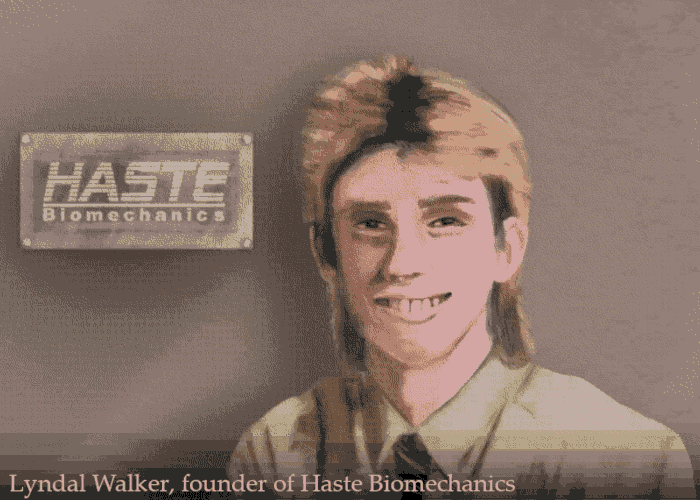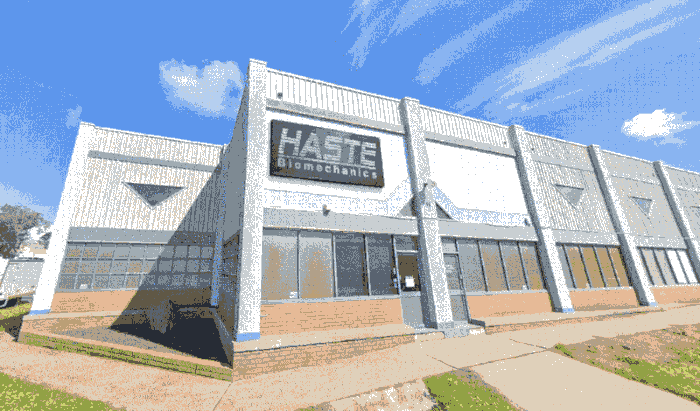

On July 13th 1988, Lyndal Walker discovered the potential of connecting human impulses to technological input. After having used myoelectricity to power the bulbs of a circuit board, Walker pledged to further the development of the once hypothetical.
A year after his discovery, Walker founded HASTE Biomechanics and conceptualised the Preservation Chamber. Designed to place humans in stasis while also extracting data from muscle movement, the Preservation Chamber's prototype would be built for its unveiling at TechFest 1990, which would go on to win 3 Awards; the Belmont Innovation award 1990, the Trailblazers Best Solo Project award, and the TechFest '90 1st place award.

Since then, Walker and his company have devoted their efforts to creating cryogenic technology, utilising the human body to push the capabilities of what is possible, with many of HASTE Biomechanics' products already in use by companies worldwide.


We strive for innovation, and since the debut of our first product we have decided that cryogenic technology will be the future of technological and biological advancements.
Despite our current lineup of cryogenic technology, our developments have just begun.
